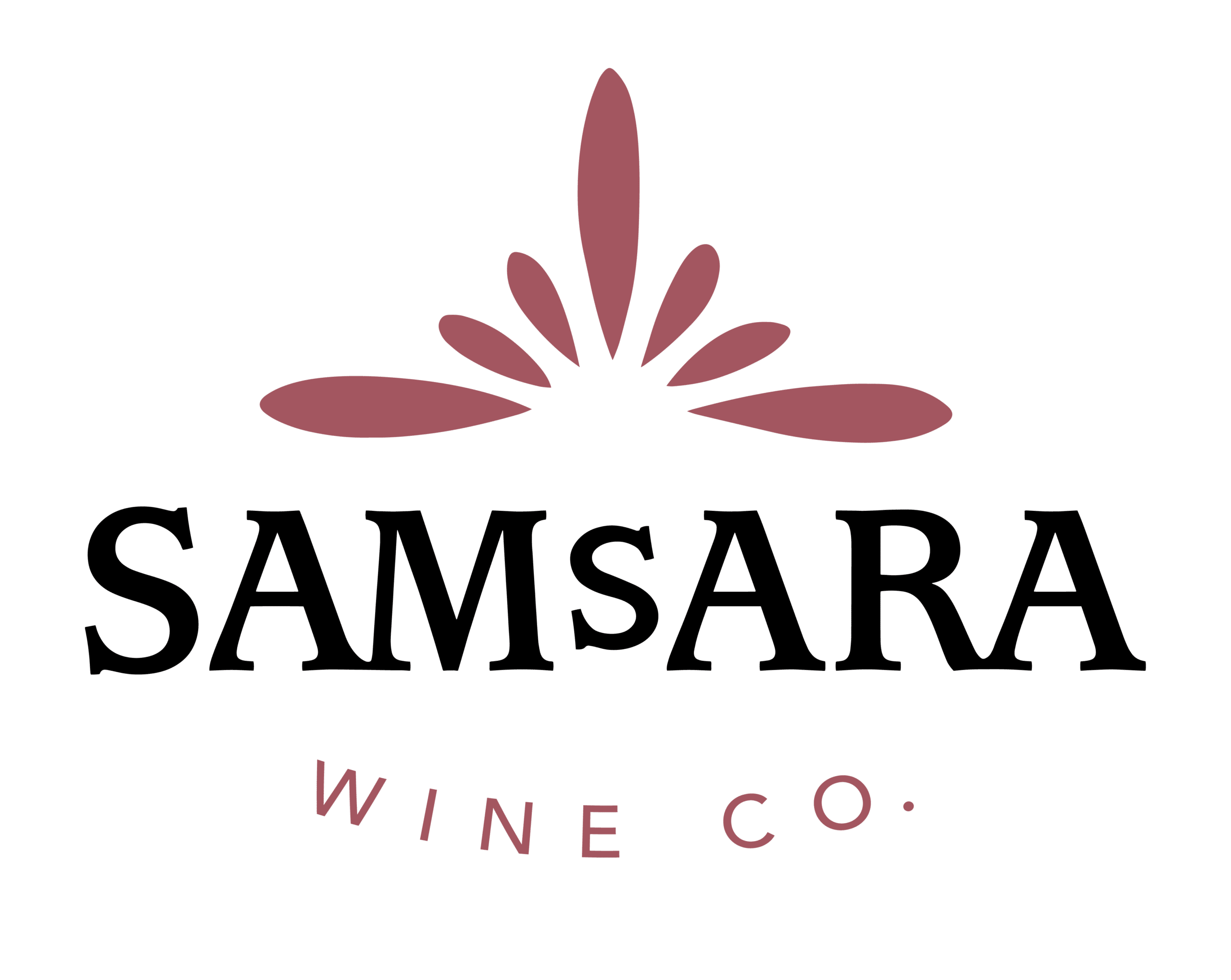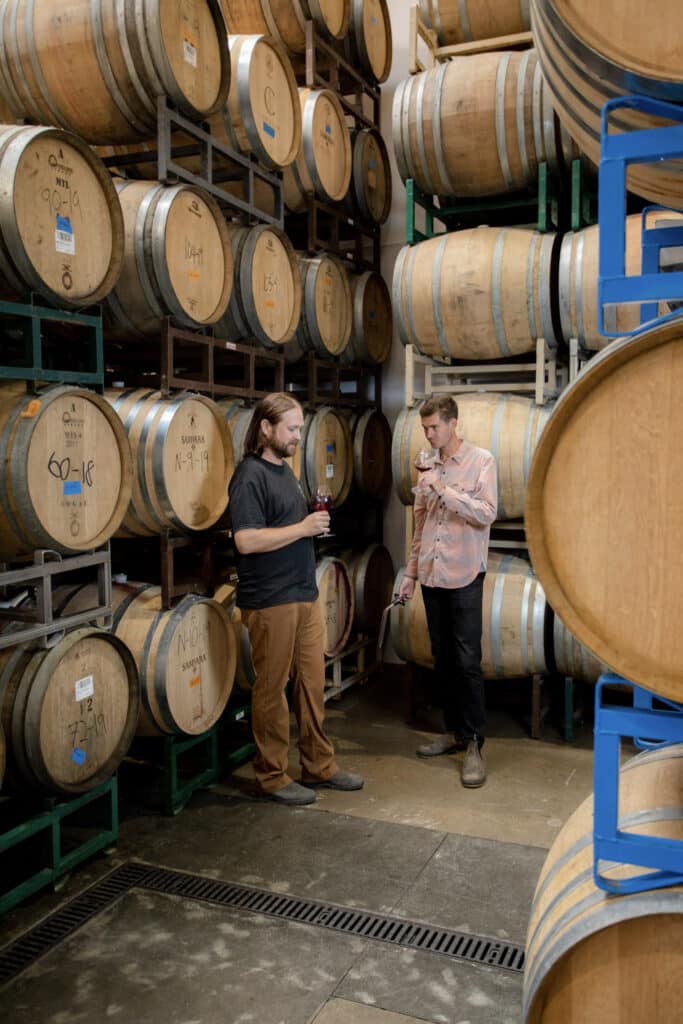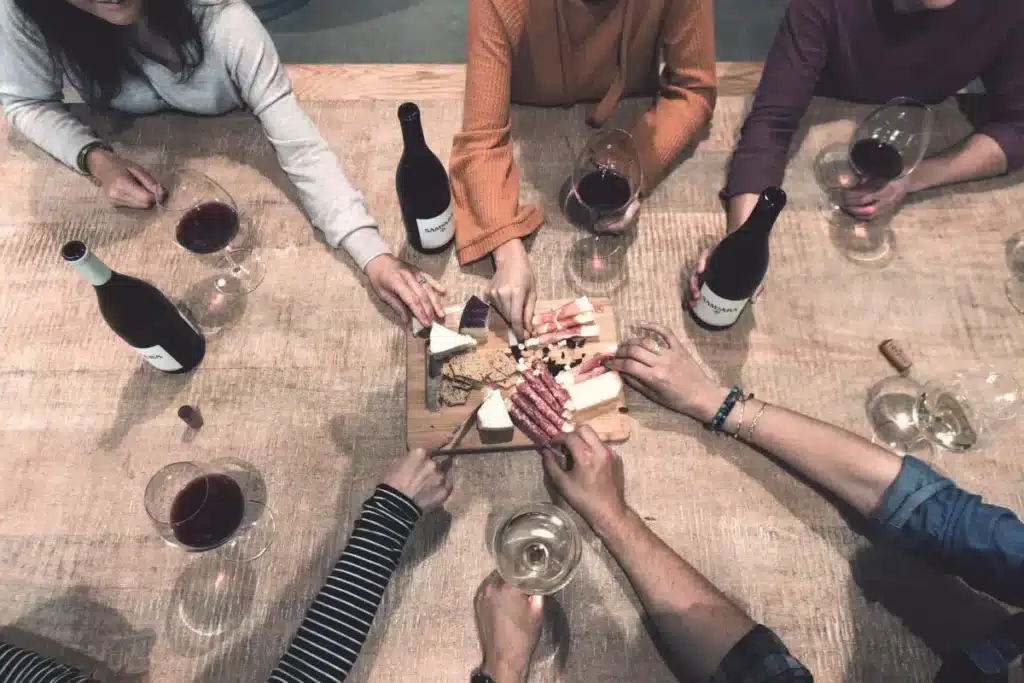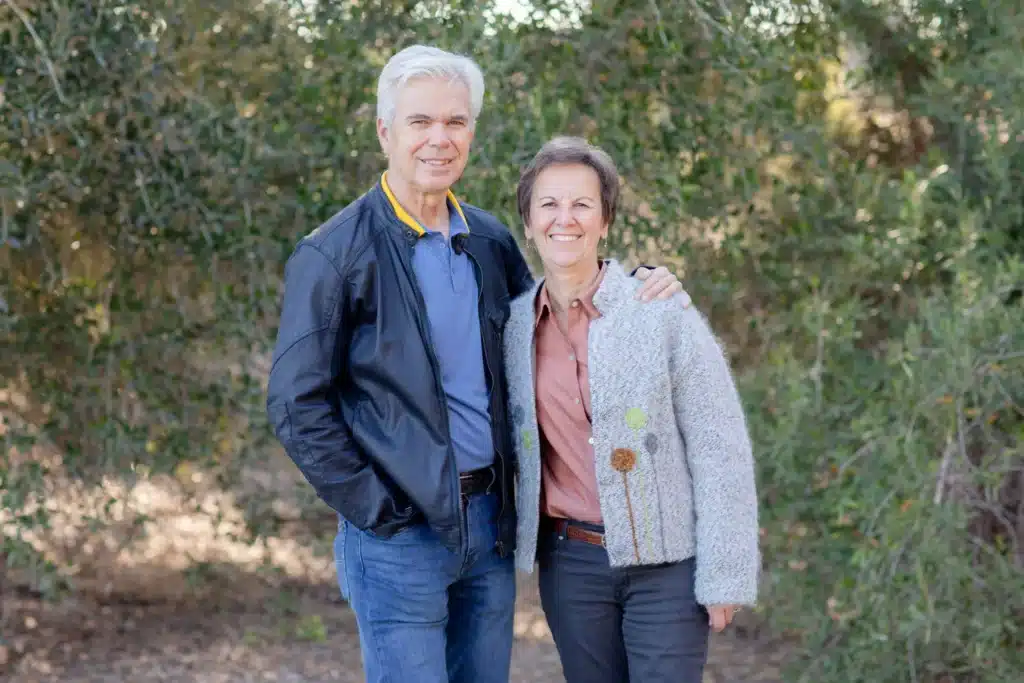No products in the cart.
Soil Composition Tasting Q&A with Julie Muñoz
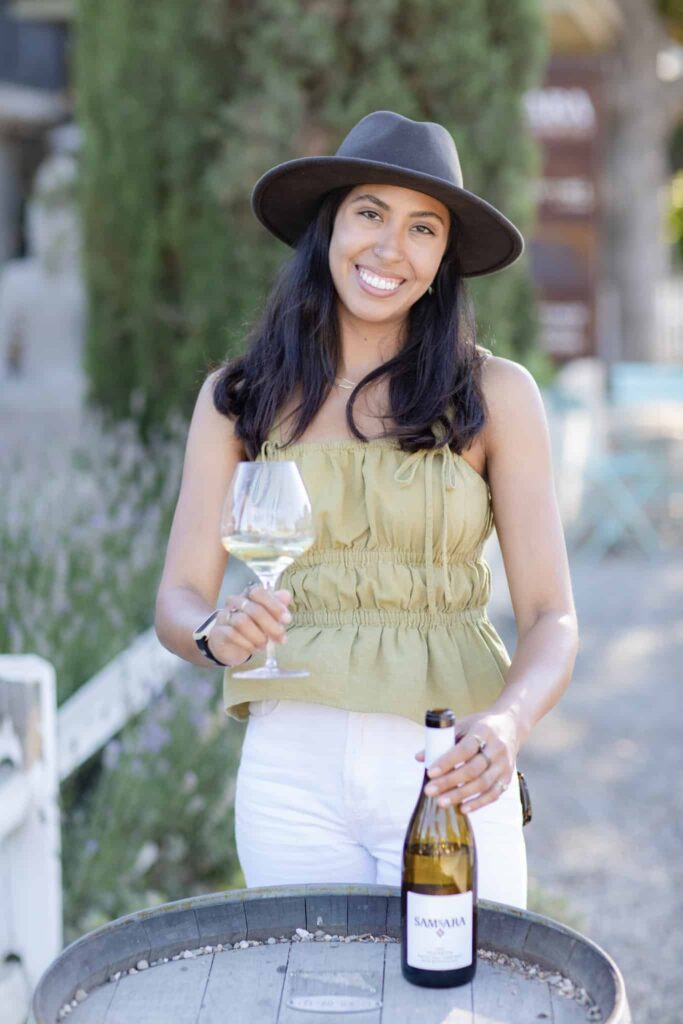
You’re working on the development of a new, special tasting lineup. Can you tell us about
the subject matter and what our tasting guests can expect?
Sure! I put together a side-by-side soil comparative tasting to highlight how different soils at
each of our vineyard sources affect the characteristics of our vineyard-designate wines. I put
together a tasting mat with tasting notes about each of the wines, a handout with descriptions of
the soil at each vineyard, and a sheet for guests to write their own tasting notes. Our tasting
guests can expect a fun, interactive, and educational experience and a deep-dive into how soil
composition affects the finished wine!
What was your inspiration for this tasting?
I mainly wanted to highlight how diverse our lineup of vineyard sources is, and provide a way
for our guests to compare and contrast how different soil compositions can affect a wine.
Zotovich Vineyard has been a standout site for SAMsARA’s Syrah program for nearly ten
years. Was it a surprise when the Chardonnay from Zotovich Vineyard was exceptional as
well? Is there something about the diatomaceous earth and sandy loam soils that you think
lends itself well to these varietals?
Not at all. Zotovich is an exceptional site, and it is no surprise that the Chardonnay is
outstanding. Sand is well-draining, so vines grown on sand are usually stressed for water but
have roots that go very deep to look for moisture, yielding mineral-driven wines. The low
nutrient content in Zotovich’s soil causes vines to struggle, lowering yields and resulting in
concentrated, linear flavors. Both Syrah and Chardonnay from Zotovich come in with beautifully
bright acidity and complexity in character.
Rancho La Vina, a hillside vineyard on the wild, windy western end of Santa Rosa Road is
a site with low fertility sandy loam soils. What influence do you think Rancho La Vina’s
soil composition plays on the Pinot Noir harvested from the site?
Rancho La Vina’s low fertility sandy loam soils yield very small berries, which give the wines a
deep, dark color and intense flavors. Because the skin to juice ratio is so high, flavors, color, and
tannin are amplified. These intense concentrated flavors and increased tannin levels merge with
juicy fruit character and savory and spice elements to make a beautifully balanced and complex
wine.
Larner Vineyard, SAMsARA’s premier site for Grenache, is located up Ballard Canyon
with really distinct, stratified soils – 4ft of Marina sand on top of a chalk bedrock,
intermixed with conglomerate hardpan. What influence do you think this interesting
combo has on the fruit and the wine from Larner Vineyard?
Chalk- based soil is cool, porous, and free-draining and yields wines with beautiful fine-grain
tannins and texture – it’s almost a chalky texture – mouth-coating but very fine and elegant.
Conglomerate hardpan provides a nice water table, and the low-nutrient marina sand on top
results in lower yields and higher acidity. This combination of soil composition results in wines
that are incredibly focused, deep and multidimensional, while still retaining bright, refreshing
acid.
As a part of this special “soils” tasting, guests will get to try Zotovich Chardonnay and
Syrah, Rancho La Vina Pinot Noir, and Larner Grenache. What should people look for as
they move through the tasting?
Each wine on the line up is so different, so I would start with trying to evaluate them on their
own at first. After getting through all the wines once, I would go back and taste through them
again and try to compare their characteristics with soil composition in mind. In particular, I
would look for mouth-feel, acidity, tannin structure, minerality, color, and intensity. This should
be an interactive and fluid tasting, everyone’s palate is different so any and all tasting notes are
encouraged! We pour generously for these kinds of tastings to give everyone the opportunity to
revisit and compare wines back and forth so just have fun with it!
